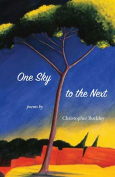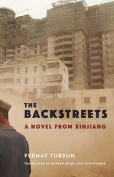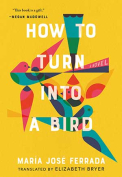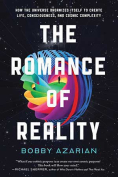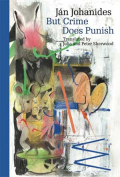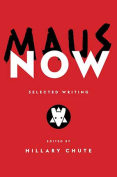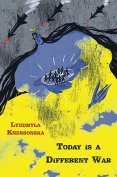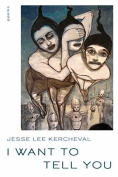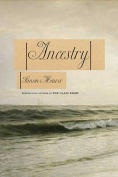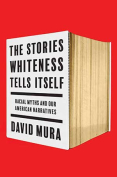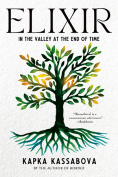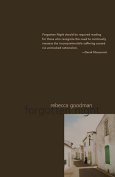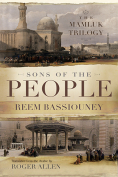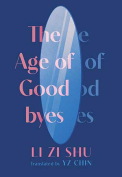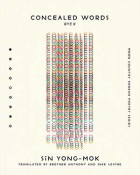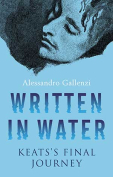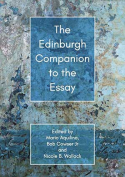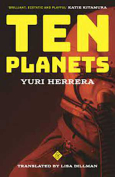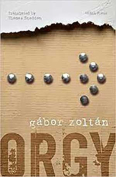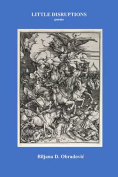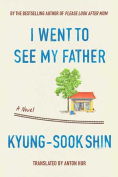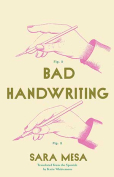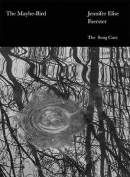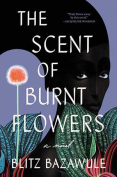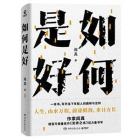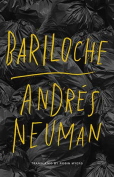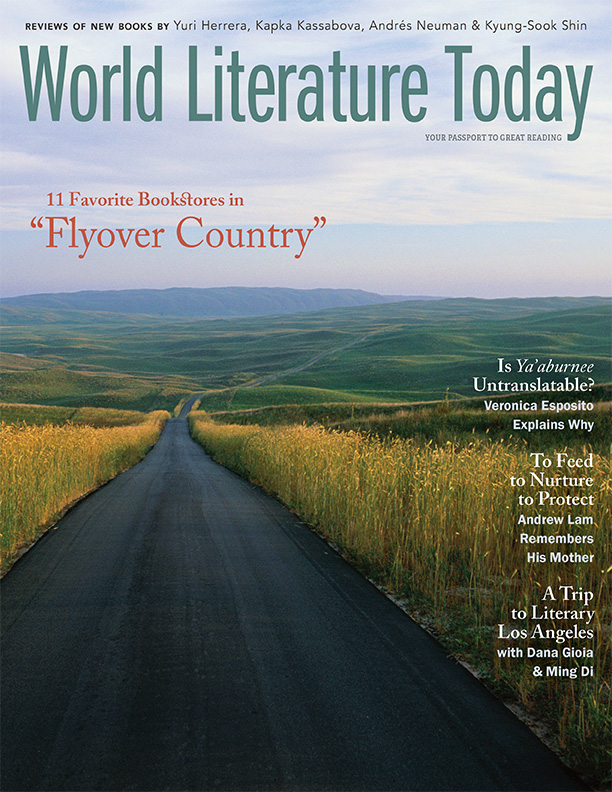The Edinburgh Companion to the Essay
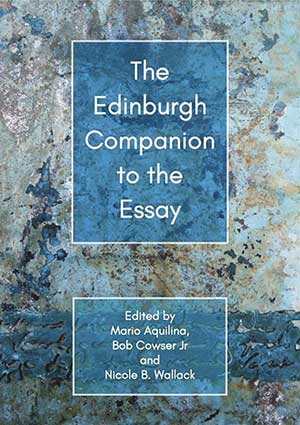 Edinburgh. Edinburgh University Press. 2022. 501 pages.
Edinburgh. Edinburgh University Press. 2022. 501 pages.
It would be easy for readers to feel daunted by the scale of this volume. Totaling over a quarter-of-a-million words, with thirty-five contributors filling five hundred pages with their thoughts on the essay, The Edinburgh Companion is a weighty tome. In fact, its physical heaviness belies a commendable lightness of touch; a nice balance is struck throughout between being accessible and being authoritative. Not since the Encyclopedia of the Essay appeared in 1997, under the editorship of Tracy Chevalier, has there been a study offering a similar level of insight into the nature of the genre. The Edinburgh Companion, for all its bulk, is small when measured beside the Encyclopedia (280 contributors, a thousand pages), but it is comparable in terms of quality; it occupies a similar contour of excellence to Chevalier’s landmark volume.
Underlying the chapters—and adding significantly to their effectiveness—is a sense that the contributors enjoy the form they’re writing about. Their grasp of essayistic literature, particularly in its contemporary manifestations, is impressive. This means that their analyses are supported by a persuasive range of example and reference. The Edinburgh Companion to the Essay offers a wide-ranging, multifaceted, and engaging examination of this hard-to-pin-down genre. It will be an invaluable guide both for those approaching the essay for the first time and those already well versed in it who wish to further their understanding of its mercurial nature and seemingly endless possibilities.
After a brief, incisive scene-setting by the editors, the chapters are organized into three parts: “Theories and Definitions”; “Publics, Pedagogies and Histories”; and “Form and Genre.” These divisions are interspersed with what’s flagged up as “a key feature” of the volume, namely, sections entitled “Contemporary Essayists in Focus.” These consist of collaboratively written records of the interviews the editors conducted with a selection of essayists. This juxtaposition of scholarly-critical perspectives with the views of practitioners is highly effective. And of course the creative/academic distinction is neither clear-cut nor mutually exclusive. Some of those contributing to the book’s main parts are themselves accomplished essayists (Phillip Lopate, Julija Šukys, Pat C. Hoy); some of the essayists hold academic positions (Brian Dillon, Claudia Rankine, Jamaica Kincaid).
It’s good to see the contributors making regular reference to a key source in this area: The Best American Essays series, published annually since 1986. Indeed, Robert Atwan, founder and series editor of this seminal publication, is one of the essayists included in “Contemporary Essayists in Focus”—as are three of his former guest editors: Jamaica Kincaid (1995), Leslie Jamison (2017), and Rebecca Solnit (2019). It’s revealing to hear Atwan’s reflections on writing three decades of forewords for the series, and to contrast the situation today with what it was like when he was setting out, when it was “an uphill climb to interest a publisher in a book that planned to use ‘essay’ in its title.” The word used to carry about as much appeal as “sermon”—a still out-of-favor form that Rebecca Solnit is surely right to identify as an important antecedent of the essay. What she says about the way in which “dharma talks” in Zen have a sermonlike quality, and how her own experience of such talks relates to essays, is fascinating. It suggests that the role of essayistic literature in Buddhism might be a fruitful area for future study.
There are chapters on science essays, lyric essays, politics and the essay, contemporary women essayists, animal essays, and the essay in Asian American contexts. Attention is given to the philosophical lineage of the form as well as its literary history, with Erin Plunkett touching on essayistic aspects of Kierkegaard, Wittgenstein, and Heidegger, and Kurt Borg examining Foucault’s essayistic ethos. Some fascinating points of comparison are drawn between aphorisms and essays, and advertisements and essays. Ivan Callus’s masterful chapter on columns and essays manages to embody the merits of both types of writing while offering considerable insight into each, often with a welcome touch of humor. Julija Šukys writes brilliantly on essays and archives, stressing the importance of the fragmentary. Thomas Karshan offers a superb chapter on “The Essay and Its Titles.” He draws intriguing parallels between Montaigne’s choice of titles for his essays and the titles given to essays today in the London Review of Books. This is just to briefly note a few specifics from the wealth of material presented in this cornucopia of a volume.
According to the editors, “what the essay is, what it does, who writes it, and what its future might be” are key issues in contemporary discussions of the genre. The Edinburgh Companion to the Essay sheds light on each part of this quartet of concerns. Perhaps the most explicit pointers for thinking about what new forms the essay may come to take are in Briallen Hopper’s chapter on internet protest essays and Elizabeth F. Chamberlain’s on the digital visual essay. No one, of course, can “look into the seeds of time and say which grain will grow and which will not.” But any speculation about the essay’s future will need to take account of Vauhini Vara’s “Ghosts,” an essay included in The Best American Essays 2022. Her piece was co-written. Vara authored the text printed in bold; the rest was written by GPT-3, an artificial intelligence system developed by OpenAI. Without being told, could readers distinguish between human and machine-written text? Whether GPT-3 could pass the Turing test is debatable, but Vara’s essay raises many unsettling, albeit interesting, possibilities.
Twenty-five years ago, in his preface to the Encyclopedia of the Essay, Graham Good wrote: “At heart, the essay is the voice of the individual. Wherever that is heard and heeded, the essay will flourish.” What happens if the line between individual and AI becomes so blurred that we have difficulty telling which is responsible for a piece of writing? Should we heed the voices of machines? In another quarter of a century, if an updated Companion to the Essay is produced, will it be authored, at least in part, not by what we now understand as individuals, but by GPT-3’s successors? Faced with such a prospect, we will need essays aplenty to guide our thinking. Hopefully they will be of the same caliber as those that make The Edinburgh Companion such a first-class volume.
Chris Arthur
St Andrews
